Today, industrial society is a concept familiar in all developed and even many developing countries of the world. The process of transition to mechanical production, the decline in agricultural profitability, urban growth and a clear division of labor - all these are the main features of the process that changes the socio-economic structure of the state.
What is an industrial society?
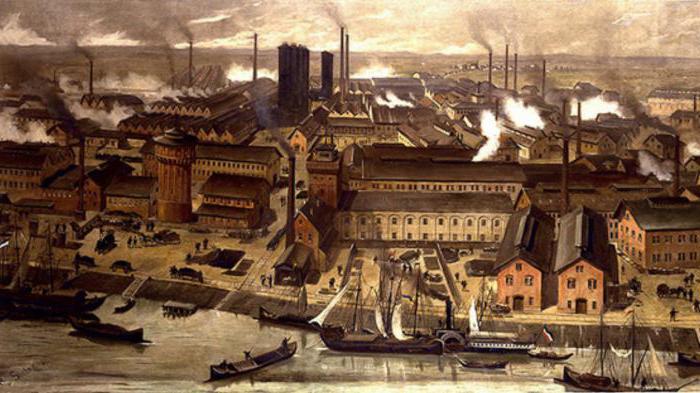
In addition to production characteristics, this society has a high standard of living, the emergence of civil rights and freedoms, the emergence of service activities, accessible information and humane economic relations. The previous traditional socio-economic models were characterized by a relatively low average standard of living.
An industrial society is considered modern, it is developing very quickly both technical and social components that affect improving the quality of life in general.
The main differences
The main difference between the traditional agrarian society and the modern one is the growth of industry, the need for modernized, accelerated and efficient production and the division of labor.
The main reasons for the division of labor and continuous production can be considered both economic - the financial benefits of mechanization, and social - population growth and increased demand for goods.
Industrial society is characterized not only by the growth of industrial production, but also by the systematization and flow of agricultural activity. In addition, in any country and in any society, the process of industrial reconstruction is accompanied by the development of science, technology, the media and civil liability.
Change in the structure of society
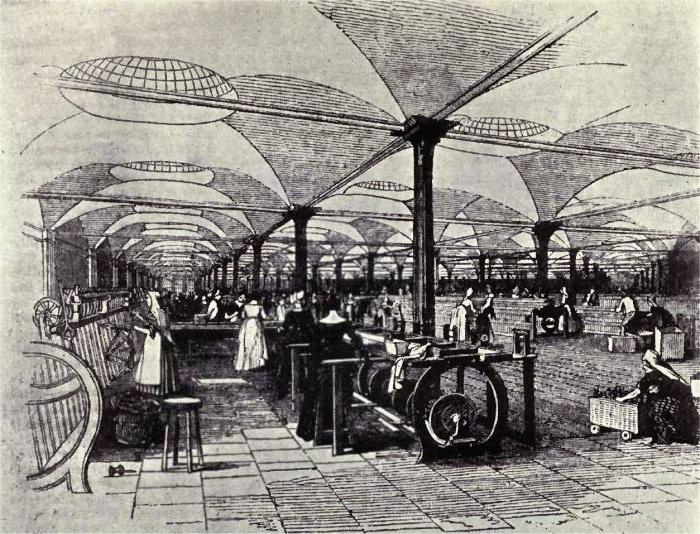
Today, many developing countries are characterized by a particularly accelerated process of transition from a traditional to an industrial society. A significant role in changing socio-economic structures is played by the process of globalization and free information space. New technologies and scientific advances make it possible to improve production processes, which makes a number of industries particularly effective.
The processes of globalization and international cooperation and regulation also influence changes in social charters. Industrial society is already characterized by a completely different worldview, when the expansion of rights and freedoms is perceived not as a concession, but as something for granted. In combination, such changes allow the state to become part of the global market both from an economic point of view and from a socio-political one.
The main features and characteristics of an industrial society
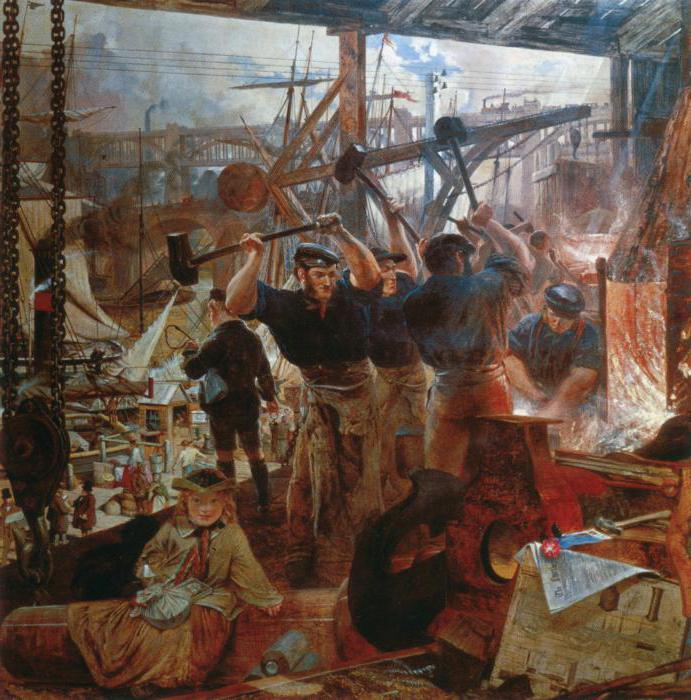
The main characteristics can be divided into three groups: production, economic and social.
The main production features and signs of an industrial society are as follows:
- mechanization of production;
- reorganization of labor;
- division of labor;
- productivity increase.
Among the economic characteristics it is necessary to highlight:
- growing influence of private production;
- the emergence of a market for competitive products;
- expansion of sales markets.
The main economic feature of industrial society is uneven economic development. Crisis, inflation, decline in production - all these are frequent phenomena in the economy of an industrial state. The industrial revolution does not guarantee stability.
The main feature of industrial society in terms of its social development is the change in values and worldview, which is affected by:
- development and accessibility of education;
- improving the quality of life;
- popularization of culture and art;
- urbanization;
- the expansion of human rights and freedoms.
It is worth noting that an industrial society is also characterized by the reckless exploitation of natural resources, including irreplaceable ones, and almost complete neglect of the environment.
Historical background
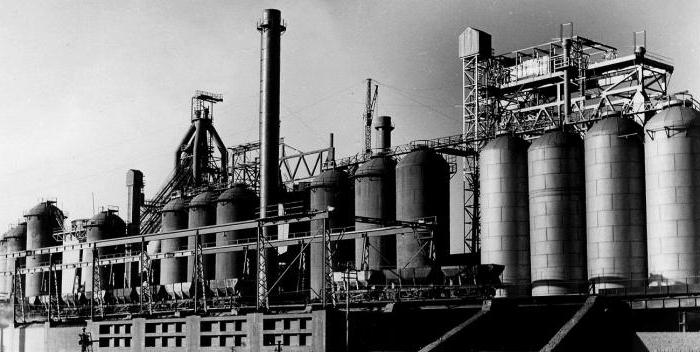
In addition to economic benefits and population growth, the industrial development of society was due to a number of other reasons. In traditional states, most people were able to secure their livelihood, and nothing more. Only a few could afford comfort, education and pleasure. Agrarian society was forced to move to agrarian-industrial. This transition has increased production. However, the agro-industrial society was characterized by the inhumane attitude of the owners to the workers and the low level of mechanization of production.
Pre-industrial socio-economic models rested on one form or another of the slave system, which indicated the absence of universal freedoms and a low average living standard of the population.
Industrial Revolution
The transition to industrial society began during the industrial revolution. It is this period, the 18th – 19th centuries, that is responsible for the transition from manual labor to mechanized labor. The beginning and the middle of the XIX century became the apogee of industrialization in a number of leading world powers.
During the period of the industrial revolution, the main features of the modern state took shape, such as production growth, urbanization, economic growth and the capitalist model of social development.
Typically, the industrial revolution is associated with the growth of machine production and intensive technological development, however, it was during this period that the main socio-political changes occurred that influenced the formation of a new society.
Industrialization
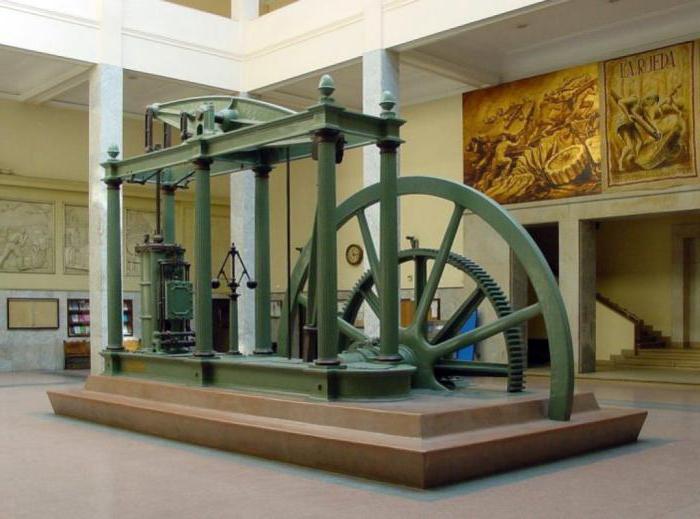
As part of both the global and state economies, three main sectors are distinguished:
- Primary - resource extraction and agriculture.
- Secondary - processing resources and creating food.
- Tertiary - services.
Traditional social structures were based on the superiority of the primary sector. Subsequently, during the transition period, the secondary sector began to catch up with the primary one, and the service sector began to grow. Industrialization is to expand the secondary sector of the economy.
This process took place in world history in two stages: the technical revolution, which included the creation of mechanized factories and the abandonment of manufactories, and the modernization of devices — the invention of the conveyor, electrical appliances and engines.
Urbanization
In the modern sense, urbanization is an increase in the population of large cities due to migration from rural areas. However, the transition to industrial society was characterized by a broader interpretation of the concept.
Cities became not only places of work and population migration, but also cultural and economic centers. It was the cities that became the boundary of the true division of labor - territorial.
The future of industrial society
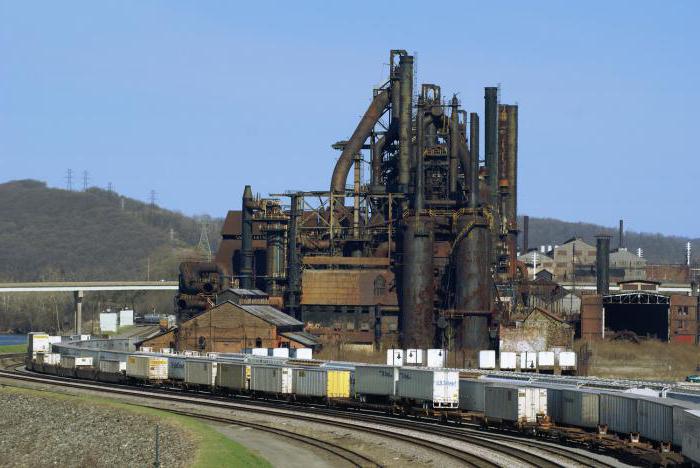
Today in developed countries there is a transition from a modern industrial society to a post-industrial one. There is a change in the values and criteria of human capital.
The engine of the post-industrial society and its economy should be the knowledge industry. Therefore, scientific discoveries and technological developments of the new generation play a large role in many states. Valuable working capital are considered professionals with a high level of education, good learning, and creative thinking. The tertiary, that is, the service sector, will become the dominant sector of the traditional economy.
